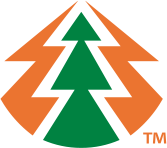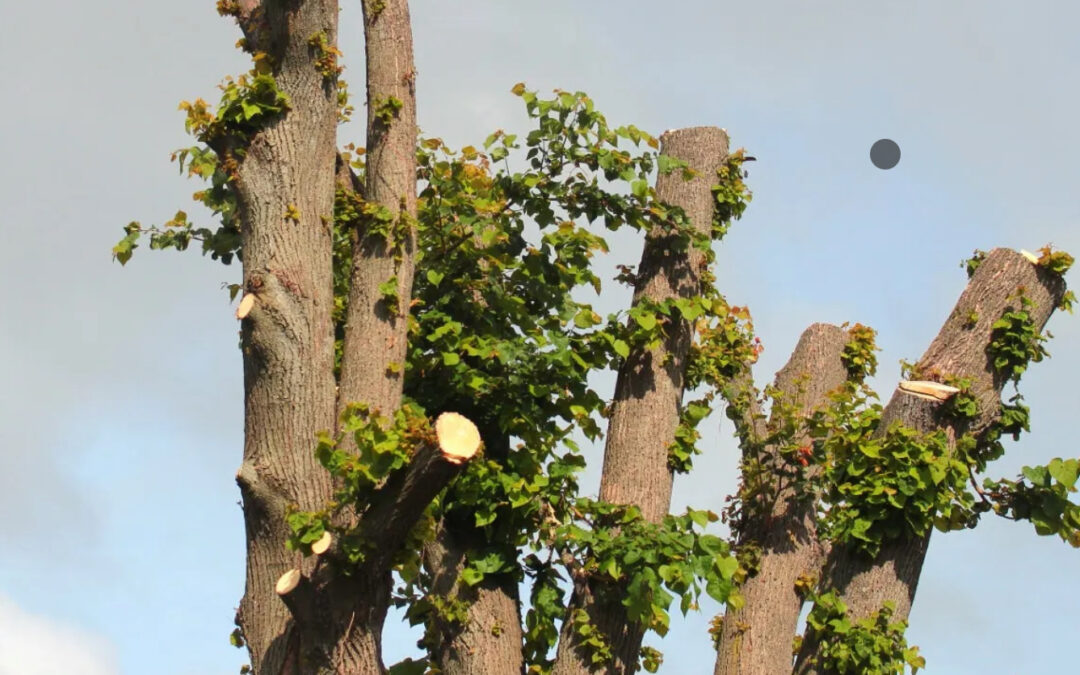Tree topping is one of the most harmful practices in arboriculture. While it may seem like a quick way to reduce a tree’s size, topping causes long-term damage, weakens structural integrity, and increases safety risks. Despite these concerns, many property owners are still unaware of the negative consequences of this outdated method.
In this blog, we’ll explain why tree topping is bad and explore healthier alternatives that preserve the beauty and safety of your trees.
What is Tree Topping?
Tree topping is the process of removing large portions of a tree’s upper branches, often reducing its height drastically. It’s sometimes called “hat-racking” or “rounding over” and is typically done to control growth. However, this method harms trees more than it helps.
According to the International Society of Arboriculture (ISA), tree topping leads to significant stress, weak regrowth, and an increased risk of tree failure. (Source)
The Harmful Effects of Tree Topping
1. Weak, Unstable Regrowth
After being topped, a tree responds by producing fast-growing, weak shoots to compensate for lost foliage. These new branches grow quickly but lack the strong attachment of naturally grown limbs. This makes them prone to breakage, especially during storms.
2. Increased Risk of Disease and Decay
When large branches are cut improperly, they create open wounds that the tree struggles to heal. This exposes the tree to fungal infections, pests, and decay, weakening its overall health.
3. Tree Stress and Decline
Removing too many branches at once shocks the tree, reducing its ability to produce energy through photosynthesis. Without enough leaves, the tree becomes weaker and more susceptible to environmental stress.
4. Shortened Lifespan
Many topped trees die prematurely because of stress, decay, and weak regrowth. In some cases, they require full tree removal years earlier than expected.
5. Decreased Property Value and Curb Appeal
A topped tree often looks disfigured with unnatural regrowth. This can reduce your property’s aesthetic appeal and value. Instead of enhancing your landscape, topped trees often become an eyesore.
Healthy Alternatives to Tree Topping
Instead of topping, consider proper pruning techniques that promote healthy growth:
- Crown Reduction: A method that selectively removes branches to reduce overall height while maintaining a natural shape. (Crown Reduction and Deadwood Removal)
- Thinning and Deadwood Removal: Removing weak or dead branches improves structure without harming the tree’s health.
- Regular Pruning by a Certified Arborist: Hiring a professional tree service ensures your trees receive expert care while maintaining safety and beauty.
Choose Proper Tree Care Over Topping
Tree topping may seem like a quick fix, but it causes more harm than good. Weak regrowth, disease, and structural instability make topped trees a long-term liability. Instead, opt for proper pruning techniques that maintain tree health, safety, and aesthetics.
If you need expert tree care in Seattle, contact Progression Tree Care today. Our certified arborists provide safe and effective pruning solutions that protect your trees for years to come.


Recent Comments